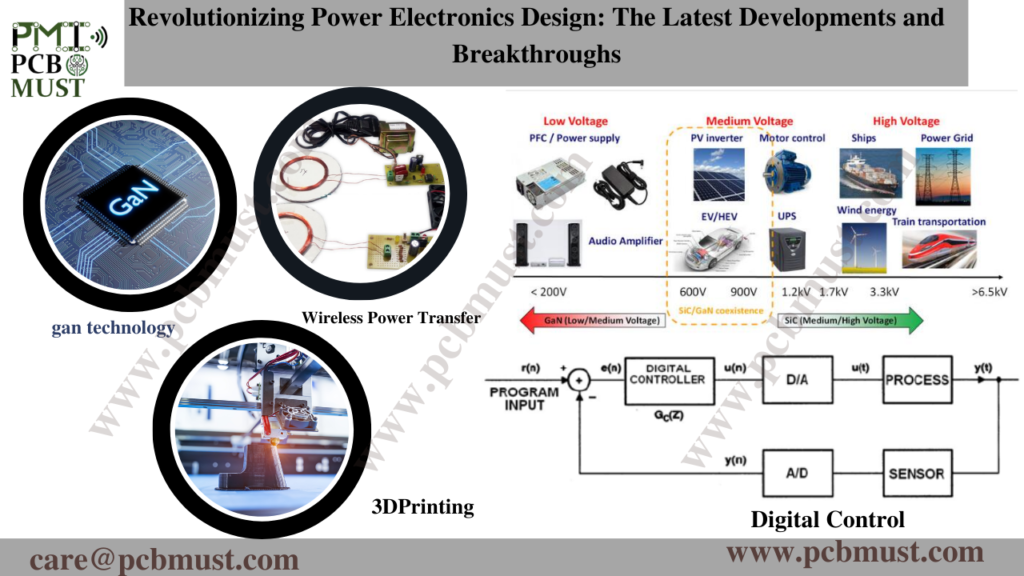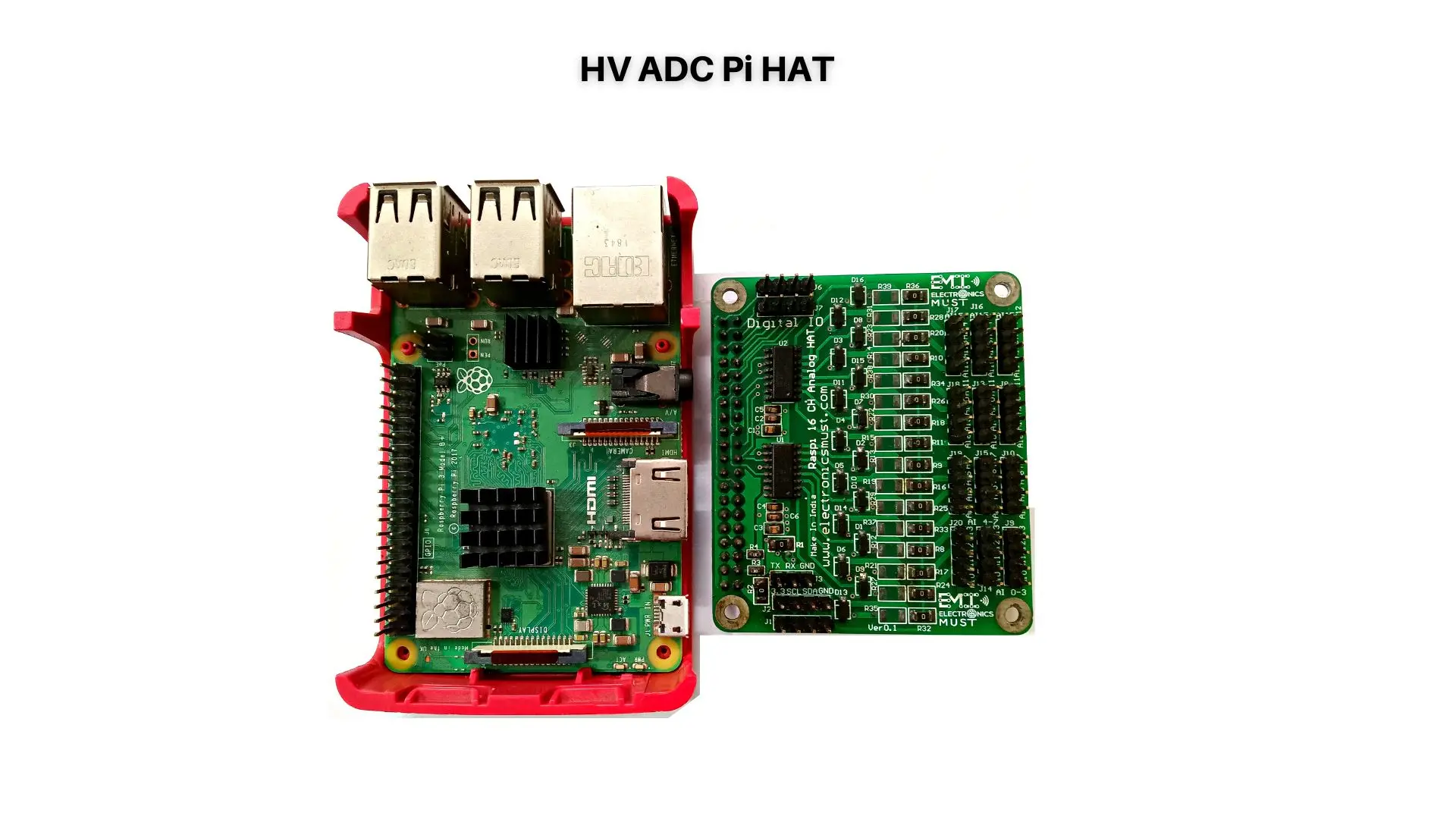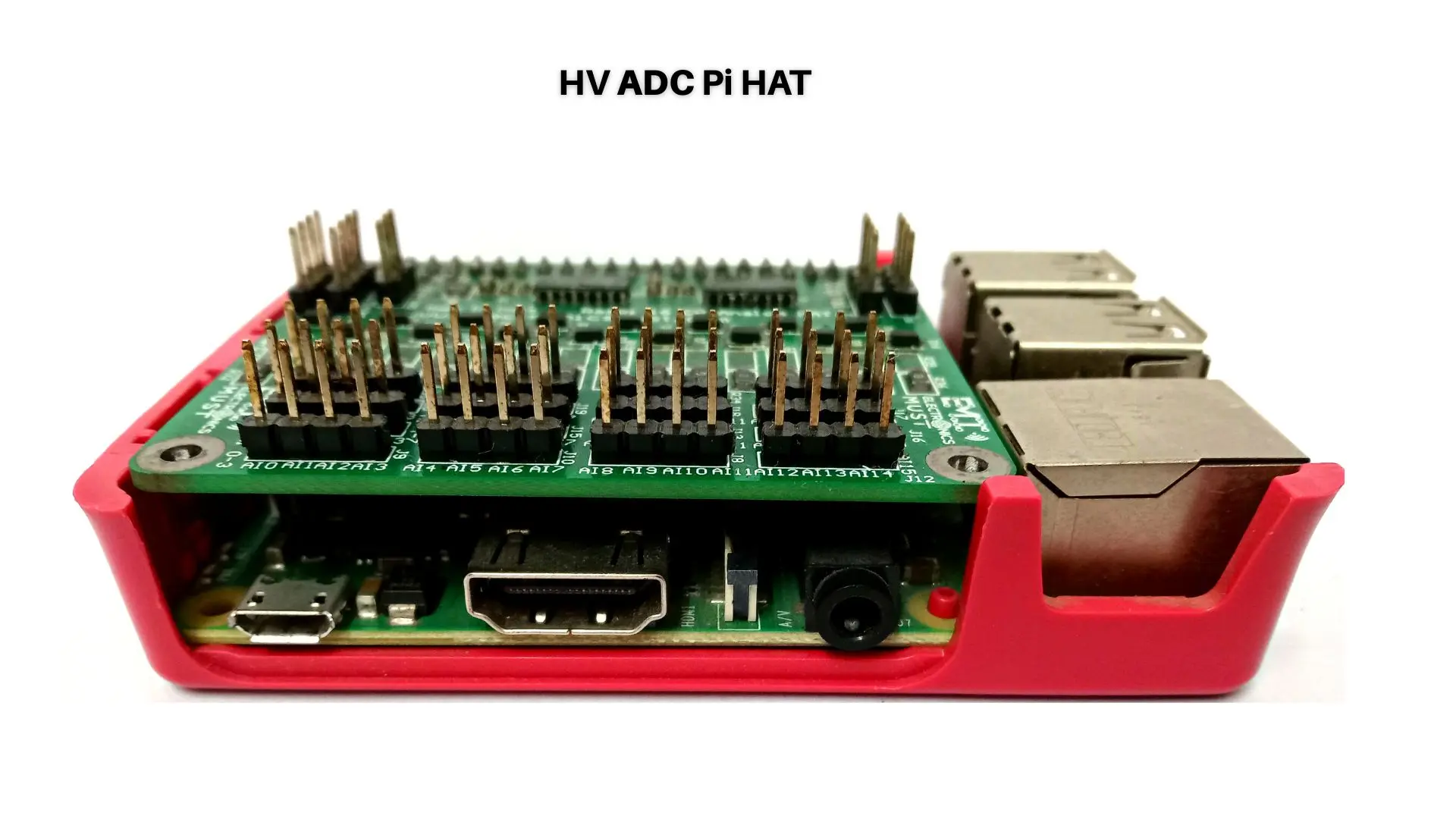Power electronics have become an essential part of our daily lives, powering everything from our smartphones to electric vehicles. As technology continues to advance, so does the need for more efficient and reliable power electronics. Fortunately, the field of power electronics is rapidly evolving, with new developments and breakthroughs revolutionizing the way we design and optimize power electronics systems. In this blog, we will explore some of the latest developments and breakthroughs in power electronics design.
#PowerElectronicsDesign #RevolutionizingTechnology #BreakthroughInnovation #ElectronicsEngineering #FutureOfPower
1.GaN Technology
Gallium Nitride (GaN) technology is one of the most significant breakthroughs in power electronics design. GaN devices are smaller, faster, and more efficient than traditional silicon-based devices, making them ideal for use in high-frequency power electronics applications. GaN technology has the potential to revolutionize the design of power electronics systems, leading to smaller, lighter, and more efficient devices.
2.Wide Bandgap Materials
In addition to GaN, there are other wide bandgap materials, such as Silicon Carbide (SiC), that are gaining popularity in power electronics design. Wide bandgap materials offer higher breakdown voltages, higher operating temperatures, and faster switching speeds than traditional silicon-based devices. They also have lower losses, leading to greater efficiency and reliability.
3.Digital Control
Digital control is another area of power electronics design that is undergoing significant development. Digital control systems offer greater precision, flexibility, and accuracy than traditional analog control systems. They also enable real-time monitoring and control, improving reliability and performance.
4.Wireless Power Transfer
Wireless power transfer is a rapidly growing area of power electronics design, with the potential to revolutionize the way we charge our devices. Wireless power transfer enables the transfer of power over short distances without the need for wires or cables. It has the potential to eliminate the need for charging cables and to enable the charging of multiple devices simultaneously.
5.3D Printing
3D printing is another technology that is having a significant impact on power electronics design. 3D printing enables the creation of complex shapes and designs that would be impossible with traditional manufacturing methods. It also enables the rapid prototyping of new designs, reducing the time and cost of product development.
Conclusion
Power electronics design is undergoing a significant revolution, with new developments and breakthroughs transforming the field. From GaN technology and wide bandgap materials to digital control and wireless power transfer, these developments are making power electronics systems smaller, lighter, more efficient, and more reliable than ever before. As technology continues to advance, we can expect to see even more groundbreaking developments and breakthroughs in power electronics design in the years to come. By staying up-to-date with the latest developments and adopting new technologies, engineers can design and optimize power electronics systems that meet the needs of a rapidly evolving world.






